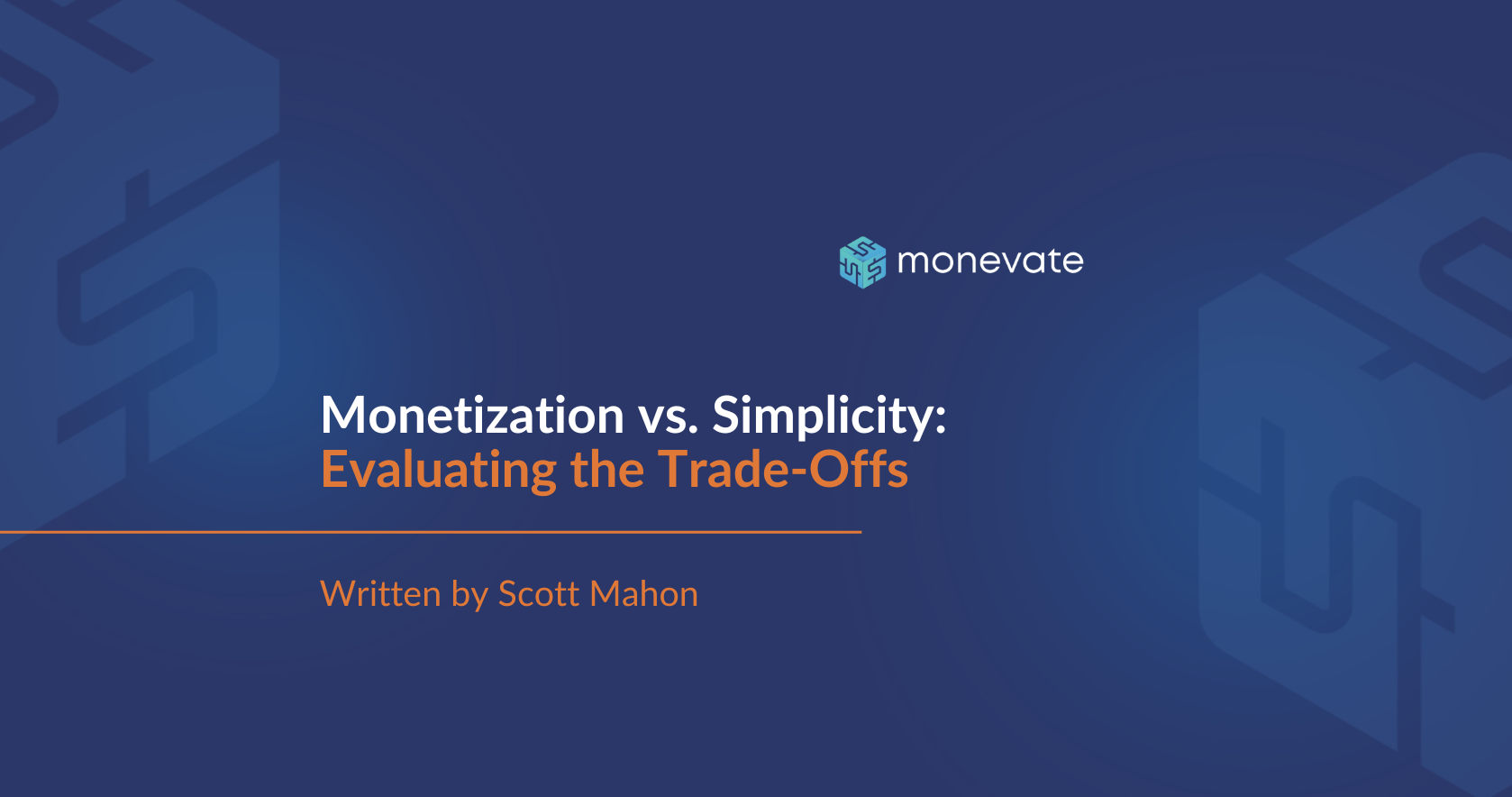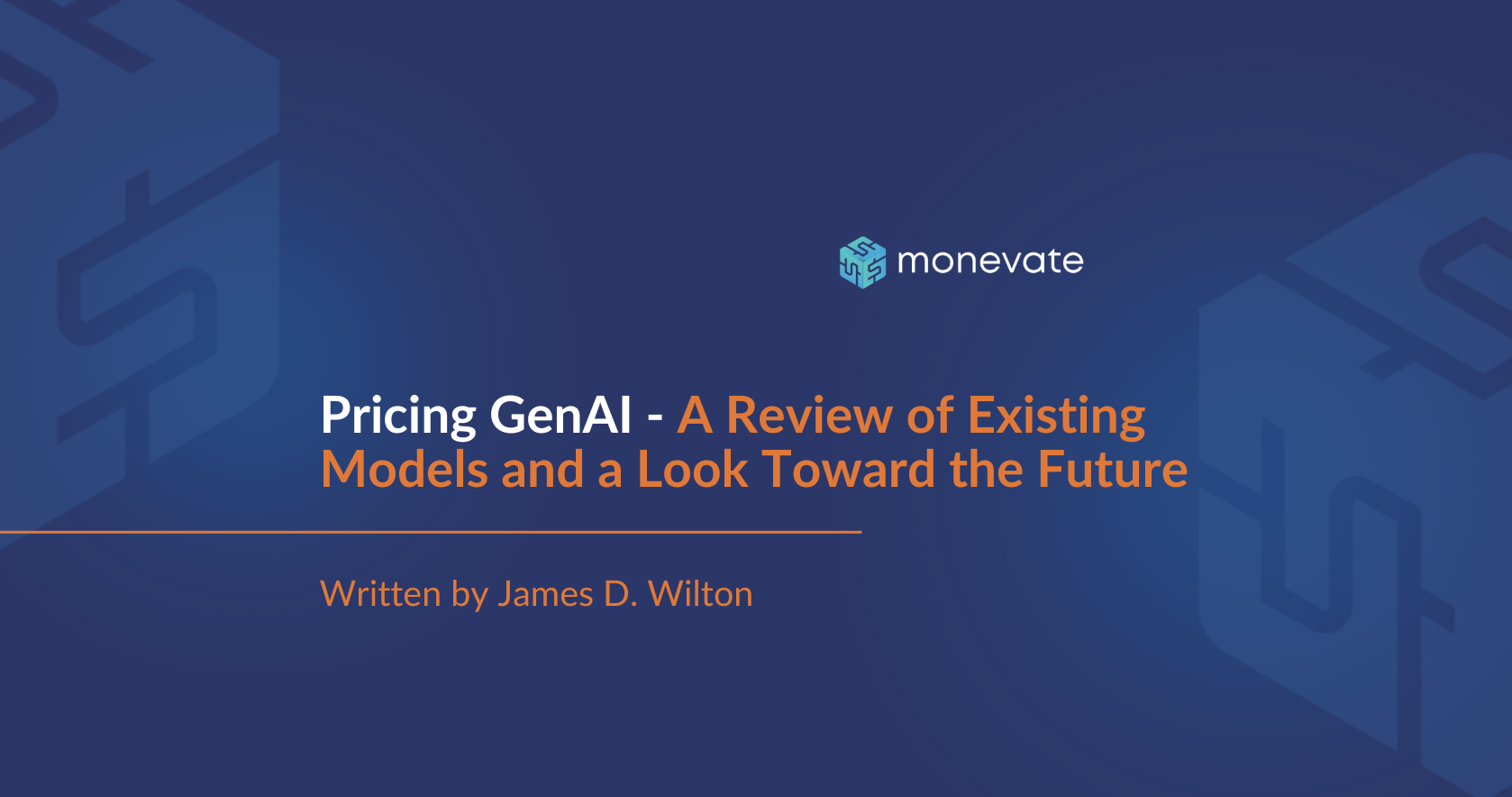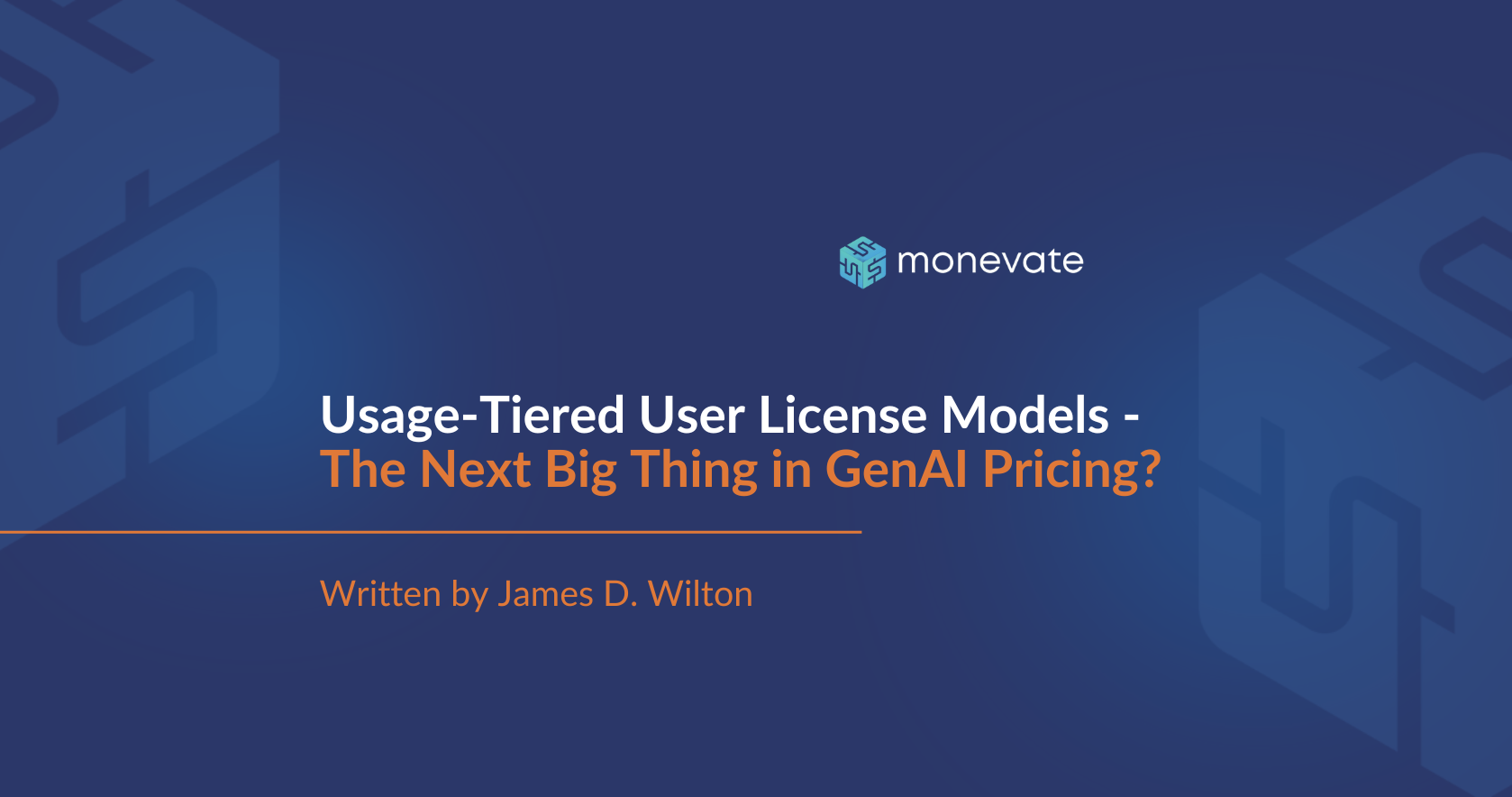4 Situations when Discounting isn’t “Bad” at all
I read a post today from a Founder stating that discounts ruin deals, and they ruin value. It’s a message that relatively consistently reinforced by the pricing community. Discounting = Always bad.
I agreed with a lot of what the author was saying. Just dropping your price because the customer asks for it is rarely a good idea, and there’s no doubt it does deplete your value capture. And, unless you’re pedaling a low value solution, a strategy of winning by being the lowest priced offering will reduce your value capture in the short term and likely need to a drop in market prices and a smaller pie for everyone down the line.
That said, I disagree with the fundamental tenet that discounting is always bad.
What is true, and what pricing people really mean when they say discounting is bad, is that charging a lower price than you need to in order to win a deal is bad. So it’s a discount from the target price. Therefore, unnecessary discounting is bad.
Discounting can actually be a very valuable and highly effective tool in both your deal-making and price-differentiation toolboxes when used correct. Below, I point to 4 situations when discounting makes complete sense.
1. When the industry or region expects a discount
There are some industries and regions where a certain level of discount will always be expected, whatever it is that you are selling, whatever price you are selling it for.
I used to consult for a business that sold software to the legal industry. We did research with buyers that showed that when purchasing software products, no matter what the starting price was, they would expect a discount of 40-60% – (40% being the minimum that they would expect, and 60% being the level at which they would start to suspect the product wasn’t high quality.)
Say what you will about discounting, going into that industry and saying “No. My price is X, and there’s no discount” will not get you very far. The same goes for a region where a higher level of discounting is part of the culture.
The right strategy here would be to figure out what is the value-based net price you should end up at, — and then set the list price at level where you can discount it by 40% (per my example), and still end up at the target price. You’re not leaking value or dropping the price you would have gotten. You’re just positioning a discount to minimize friction in the deal.
2. When it helps deal-making & relationship-building
I feel that there’s a big potential for misinterpretation here, so I’ll try to be super clear. I’m not saying “drop the price if it helps you win the deal.”
What I am saying is that, when a Sales Rep is looking to make a deal with customer, it helps them immensely if they have some autonomy to influence the deal dynamics. It’s not always a good look for Sales reps if they have to ask their boss to do anything that goes outside what was written in the original deal.
Add this to the fact that if I, as a customer, really need a tiny bit of help with the price to fit a purchase into my budget and I’m met with a “Sorry. There’s nothing I can do,” then this feels like a very transactional relationship. A partner, what Sales frequently aspire to be seen as, would try to help.
A good strategy is to plan that Sales reps have a certain amount of discretionary discount (10%, for example). As before, the list prices should be set so that the price after this discount matches our target price for a deal of this profile. So again, it’s a communicated discount, but not an unexpected or unplanned discount, or a drop in our target prices.
3. When there’s a ton of circumstantial differences in willingness-to-pay
Willingness-to-pay can be incredibly complex. Sometimes there are so many firmographic, needs-based, and behavioral factors that legitimately influence willingness-to-pay that it is impossible to incorporate them all into your price structure (the system that “spits out” the price for different customers buying different things) without making it unmanageably complex.
In such a situation, discounting can be used to incorporate some of these additional factors. For example, for both optics and ease, I might not want to change my “sticker” prices for my software in different countries and currencies. But I might also know that the GDP is drastically lower in Country B than Country A, and that charging the same prices in those very different countries would result in a tiny penetration of Country B. Providing a structured discount to Country B customers could mean that you could engage this customer segment at a lower price, but still profitably.
4. When you are log-rolling value
Perhaps the true “best practice” of discounting is not really discounting at all – it’s trading price for value.
The concept here is to discount and concede on price when you receive something of value in exchange. In his book “Negotiating with Backbone”, Reed Holden calls these “give-gets.”
Of the obvious and traditional examples, a highly prevalent one is “multi year contracts.” The post that I mentioned at the beginning of this blog lumped these in with other nefarious “drop the price unnecessarily” levers, but this is clear value-trading. Customers churn, and by signing up for multiple years a customer is eliminating the change of their cancellation within that period. That’s worth a LOT to the vendor, and so the discount helps compensate the customer for that commitment.
You can get creative here. Providing a testimonial could be worth a discount. Providing warm referrals to your target buyers could also buy the customer a few percentage points of price reduction. In his book “Never Split the Difference”, Chris Voss gives a great example when he was working for a magazine and reduced the price for his services because they agreed to publish a story about him. This gave him publicity which, as an early entrepreneur, was highly valuable.
Overall, please don’t take this as my permission to start discounting indiscriminately. It isn’t. All I am saying is, please realize that it is unnecessary discounting that is the enemy, not discounting itself. Use discounting the right way, and you unlock highly valuable opportunities you might otherwise have missed.














